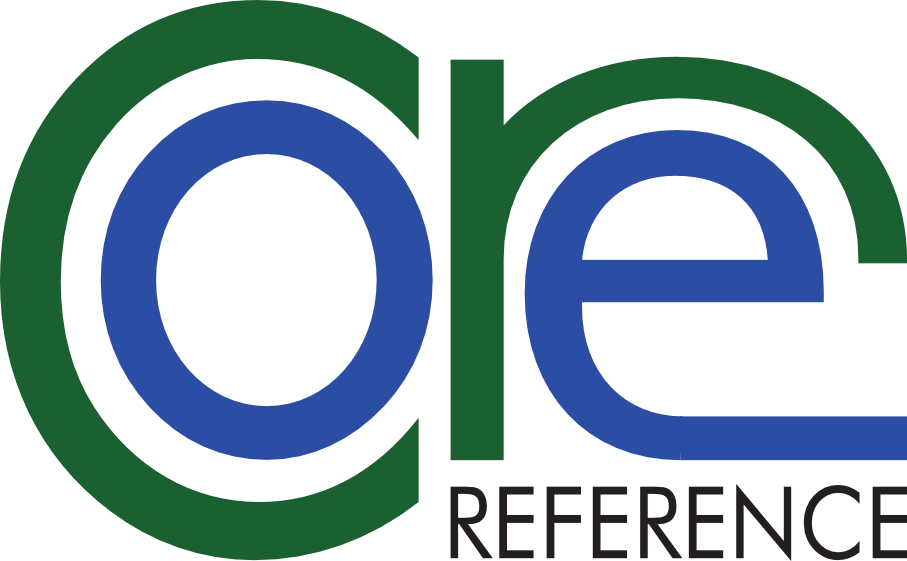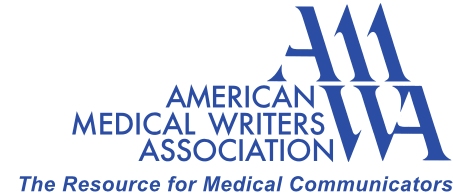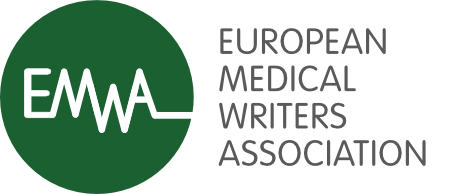August 2021
Medicines and Vaccines
European Commission Decision (EU) 2021/1240: CTIS Go Live Date 31 January 2022
The EU Decision (L275) on the compliance of the EU portal and the EU database for clinical trials has been published in the Official Journal of the European Union.
This critical Decision announces that the EU portal and the EU database have achieved full functionality and meet the functional specifications, as referred to in Article 82(2) of Regulation (EU) No 536/2014. This Decision shall enter into force on the day of its publication in the Official Journal of the European Union (31 July 2021).
This means that Clinical Trial Regulation No 536/2014 will enter into force on 31 January 2022, and the Clinical Trials Information System (CTIS) will become active. CTIS will contain the centralised EU Portal and Database for clinical trials foreseen by the Regulation.
The CTIS Sponsor Handbook Section 9 ‘Data Transparency’ is particularly useful in clarifying Sponsor public disclosure obligations. Sponsors may submit ‘version for publication’ documents alongside the ‘not for publication’ versions of the Clinical Study Protocol, Investigator’s Brochure, Informed Consent Information Sheet, and Clinical Study Report. The Plain Language Summary (PLS) will also be publicly available through CTIS.
CTIS Highlights is out for August 2021. Read it here for everything you need to know about the go-live plans, training and registering for CTIS.
FDA Non-compliance Letter
At the end of July 2021, FDA issued a second letter of non-compliance to Accuitis for failing to submit results for a study of the efficacy of ACU-D1 in the treatment of acne rosacea (NCT03064438). The record does not appear to have been updated in 2 years, despite Accuitis having received a previous FDA letter in October 2020 requesting they review the record for this trial. The status of the trial on clinicaltrials.gov is ‘Unknown’. As with the Acceleron study which was subject to the first FDA non-compliance letter earlier this year, a (very recent) publication link does appear in the results tab.
This again reiterates the importance of Sponsors ensuring their clinicaltrials.gov records are accurate and up to date. This can be a time consuming and challenging task, especially for old studies.
Transparency and Disclosure Publications and Resources
- This British Medical Journal (BMJ) Opinion article “Working towards harmonised access to clinical trial data across European drug regulatory agencies“ illustrates the disparity of access to clinical study reports (CSRs) in some European countries because the old EU Trial Directive 20/2001/EC7 remains applicable until the Clinical Trial Regulation comes into force on 31 January 2022. This loophole means that national European regulators are not obliged to adhere to European transparency policies – yet…An open letter from researchers and NGOs has asked the EMA Heads of Medicines Agencies (HMA) for harmonised access across European drug regulatory agencies sooner rather than later.
- The UK’s Information Commissioner’s Office (ICO) – which upholds information rights in the public interest and promotes openness by public bodies and data privacy for individuals - is calling for views on its Draft anonymisation, pseudonymisation and privacy enhancing technologies guidance.
- This BMJ paper titled ‘Clinical trial transparency and data sharing among biopharmaceutical companies and the role of company size, location and product type: a cross-sectional descriptive analysis’ uses the Good Pharma Scorecard (GPS) to evaluate and score companies on T&D. In short, larger companies are better at data sharing.
- This fantastic PHUSE resource – PHUSE-Xogene CTT Regulations Portal – can be used to stay on top of global clinical trial transparency compliance requirements. There is an ‘at-a glance’ map, as well as the option to select by country or by mandatory/voluntary registration/results. The individual pages per country also include the latest updates as well as links to the relevant registries.
- Regulatory Focus have developed a global COVID-19 vaccine tracker which is regularly updated. It shows all approved vaccines and lists all those still in development. Click the green ‘+’ to reveal details about a particular vaccine.
- The UK’s NHS Health Research Authority (HRA) has published its 2021/22 Business Plan. Objectives have research transparency high on the priority list, with an aim to ‘… Publish a summary of all approved studies and their findings on the new IRAS website by the end of March 2022’.
- The Clinical Trials Transformation Initiative (CTTI) is a public-private partnership between the FDA and Duke University. CTTI is interested in learning the experiences and perspectives of key stakeholders on clinical trial registration and the submission of clinical trial results information into ClinicalTrials.gov. CTTI will write an aggregated summary of the interview findings for the FDA, including non-identifiable participant quotes. CTTI will also use the summary to develop public recommendations to support and strengthen more timely, accurate, and complete registration of clinical trials and reporting of clinical trial results information into ClinicalTrials.gov. To find out more, email sara.calvert@duke.edu
- ISMPP have published “The ISMPP authorship algorithm: standardising the application of the ICMJE authorship criteria”. The new ISMPP Authorship Algorithm aims to bring a standardised approach to the interpretation and application of ICMJE authorship criteria (focusing on criterion 1), in particular for publications of pharmaceutical industry-sponsored research.
- This August 2021 JAMA editorial ‘Updated Guidance on the Reporting of Race and Ethnicity in Medical and Science Journals’ provides helpful guidance on language to support demographic information presentation.
- The original Consolidated Standards of Reporting Trials (CONSORT) 2010 statement helps improve reporting of RCTs through transparency and completeness. Details of an extension to CONSORT for RCTs conducted using cohorts or routinely collected data, CONSORT-ROUTINE, were published in the BMJ in April 2021.
Continuing Professional Development Resources
- This is a free Webinar on Plain Language Summaries (PLS). I suggest exploring the rest of the Plain Language Summaries Site too.
- Do not miss Life Science Academy’s courses running in September 2021 on Quality of Life and other Patient-reported Outcomes (PROs).
- Khaled El Amam’s Replica Analytics is running a FREE webinar on 22 September 2021 on how to measure the risk of re-identification. This is applicable to synthetic data generation and de-identification methods. Risk measurement is fundamental to responsible sharing of health data. The webinar will explain what happens when you do not get risk measurement right, and some recent advances from our team on risk measurement with the results of some very accurate risk estimators. The webinar is entitled Measuring Re-identification Risk in Synthetic and Anonymized Data, and you can register here.
Devices
The EU Medical Device Coordination Group (MDCG) continues to work on important guidance documents and templates to help the medical device industry comply with the requirement under the EU MDR 2017/745 and IVDR 2017/746. One of the key changes in this regulation (compared to the superseded directive) is transparency and visibility of the activities of the different stakeholders (also called “actors”). Below we provide some updates.
Updates on Quality Management of Medical Devices
Having a better oversight of the Quality Management System (QMS) helps ensure patient safety. MDCG 2021-23 Guidance for notified bodies, distributors and importers on certification activities in accordance with Article 16(4) of Regulation (EU) 2017/745 and Regulation (EU) 2017/746 was released in August to provide guidance on audit and certification of QMS, especially in relation to repackaging and relabelling.
The EMA also recently updated their Guideline on quality documentation for medicinal products when used with a medical device. The document focuses on product-specific quality aspects of a medical device, or device part, that may have an impact on the quality, safety and/or efficacy (and hence overall benefit/risk determination) of a medicinal product.
Update on Safety Reporting for Medical Devices
Safety reporting is another important improvement under the MDR. Check out the MDCG 2020-10/1 Safety reporting in clinical investigations of medical devices and the accompanying form.
MDCG is working closely with the International Medical Device Regulators Forum (IMDRF). Check out the IMDRF documents on Adverse Event Reporting released this year.
Update on Drug-Device Combination Products
By analysing publicly available information on US FDA website, researchers came up with new visualisation models of the designation pathway and group categorisation for drug device combination products. These tools will help innovators and developers in determining the predictability and acceptability of these products’ designation under the US FDA requirements. Check out the open access paper by Uemura et al. on “New Visualization Models of Designation Pathway and Group Categorization of Device–Drug and Device–Biologic Combination Products Classification in the United States: Analysis of FDA Capsular Decisions.”
Regulation (EU) No 536/2014 Questions & Answers Version 4 was updated in July 2021. However, Question 1.10 remains redacted. Prior to redaction the question read “A study might involve a medical device – what does this mean in terms of EU regulation of clinical trials?” We hope we will get clarity on this soon.


